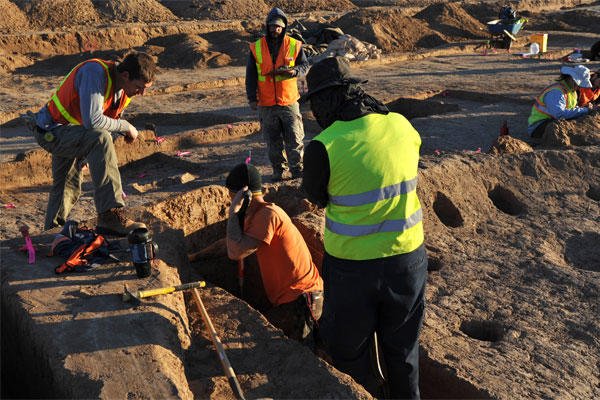TYNDALL AIR FORCE BASE, Fla -- The U.S. Environmental Protection Agency's Top 50 list of Green Power Partners released this month ranks the Air Force number one in the Department of Defense and number two in the federal government for its purchase and on-site production of green power.
In 2012, the Air Force used 283 million kilowatt hours of renewable energy.
Since becoming a Green Power Partner in 2003, the Air Force has appeared near the top of the list among Fortune 500 companies such as Intel, Microsoft and Wal-Mart. The Air Force ranks 19th nationwide and is one of only four federal agencies in the top 50 -- the Department of Energy is 6th, the Environmental Protection Agency is 22nd and the Department of Veterans Affairs ranks 26th.
The Green Power Partnership is a voluntary program that encourages organizations to use green power as a way to reduce environmental impacts associated with conventional electricity use.
More than 6 percent of all facility electricity used by the Air Force came from green power sources in 2012. The Energy Policy Act of 2005 requires that number to increase to 7.5 percent this year. United States statute also requires the DoD to increase on-base renewable energy production to 25 percent by 2025.
"We're working to meet the mandates," said Ken Gray, the acting energy director at the Air Force Civil Engineering Center at Tyndall AFB. "We get a two-to-one return on what we invest in energy."
That means for every dollar the Air Force spends on an energy-focused reduction effort, it gets $2 back to invest in the mission. This makes overcoming energy challenges worth the effort, Gray said.
The Air Force more than doubled its number of renewable energy projects in the past two years. There are 256 projects in operation or under construction on 89 installations, which include solar photovoltaic, solar thermal, geothermal in the form of ground source heat pumps, wind, daylighting and landfill gas.
The Air Force is also exploring the use of waste-to-energy and geothermal electricity production.
According to the Air Force Renewable Energy Game Plan, the Air Force will use enhanced use leases and power purchase agreements to add 488 megawatts of capacity by fiscal 2018. Seven projects are in construction including photovoltaic arrays in Arizona, California, Florida and New York; a landfill gas project in Alaska; and wind projects in Massachusetts and Ohio.
It can take up to two years or more to develop, gain approval and construct a renewable energy project. AFCEC is working with the Air Force secretariat level and the office of the secretary of defense to streamline the process.
Unforeseeable factors also affect renewable energy development. For example, a solar project that will provide half of the energy needed to power Luke AFB, Ariz., was put on hold in 2012 when crews unearthed artifacts dating back as far as 3,000 B.C.
A wind project at Cape Cod Air Force Station, Mass., is moving forward watchfully as endangered eastern box turtles nest in the area. The construction area has to be swept by qualified turtle biologists, posing some slow-down to contractors, but engineers predict the project will remain on schedule, said Air Force Space Command Energy analyst Fox Theriault.
"The civil and foundation designs are complete confirming that the ground is solid enough to hold the weight of the wind turbines and the project can move forward," Theriault said. "General Electric plans to ship the two 1.68 MW turbines in late June and we hope to commission them in December."
There are also 40 renewable energy projects in the government validation or preliminary concept phases.



























